While exploring Southside Bethlehem, one may find themselves strolling along the two-mile Greenway, passing by the red- and blue-colored playground or walking past the outdoor patio of Cafe the Lodge. Up ahead is the Bethlehem Skateplaza, where locals of all ages skateboard. In the distance is the SteelStacks and a large green space that houses concert venue Levitt Pavilion.
These settings all fall under the term “third place,” which refers to social surroundings that exclude the home or workplace and can include cafes, libraries, gyms and parks.
The term was coined by sociologist Ray Oldenburg in his 1989 book “The Great Good Place.”
Political science professor Holona Ochs said third places serve as sites for community building, where people from different backgrounds can express themselves and communicate with others, building trust over time with the goal of solving problems.
“The more of those spaces in which we can cultivate a sense of belonging across a broad and diverse population, the more cohesive our society can become,” Ochs said.
Development of third places
There are various resources and departments within the city of Bethlehem that support the development of third places for all residents.
Erin Zebertavage, downtown manager of the South Side Arts District, works to support South Side businesses.
She came into her role in 2022 after a 20-year corporate career and said she was looking to give back to the community where she grew up.
“I really have enjoyed working with the South Side community,” Zebertavage said. “The business owners are all hardworking, and they are great people.”
Zebertavage said the Arts District maintains the look of South Bethlehem by creating murals and sculptures and upkeeping the 2.75-mile Urban Arts Trail. They also look to increase foot traffic on the South Side through events, including the annual Chili Festival and the “Live on the Greenway” concert series.
The South Side Arts District works closely with and has support from Bethlehem Mayor J. William Reynolds’ office to hold events and ensure there are resources for local businesses to succeed.
“Over the last decade, I think that when people do see the art projects and see the investment in the community and the environment, that helps to only encourage additional businesses to come in,” Zebertavage said.
She said the Arts District has no shortage of cafes and restaurants where people can gather, including at the Banana Factory for the artistic community and the Levitt Pavilion for the music community. Community members may also connect on the Greenway and the Bethlehem Skateplaza.
During the pandemic, many of these third places were not used due to health and safety concerns, and in-person socialization declined. Zebertavage said she and her team are always looking for ways to activate these third places and spread the word of their existence.
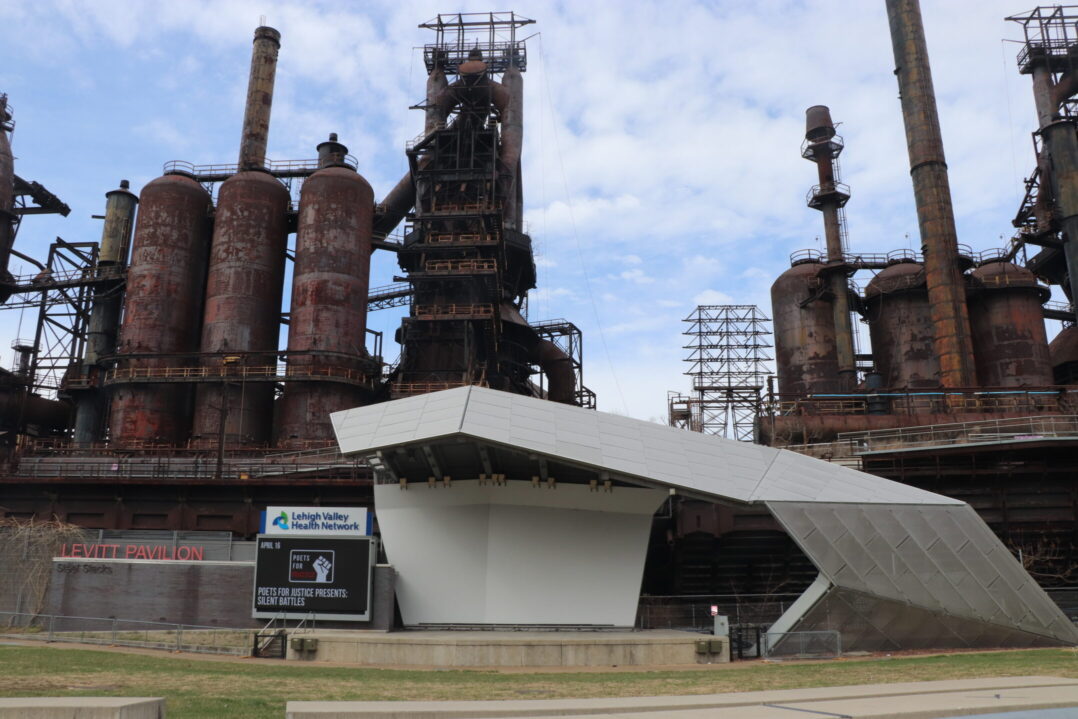
The Levitt Pavilion at the SteelStacks is a large green space where people can gather to listen to live music. The pavilion is one of the various green third spaces around Bethlehem. (Courtesy of Ella Morrissey)
A closer look at third places in South Bethlehem
There is a concentration of third places on Third and Fourth streets.
One is Cafe the Lodge.
In addition to serving food, The Lodge also supports adults with mental health diagnoses through a vocational training program. It also showcases artwork from community members through the Artists in Recovery exhibition.
Program director Ian Panyko said the program allows consumers and employees to develop a community at the Lodge.
Panyko, who moved to Bethlehem 10 years ago and serves on various committees in the city, said Cafe the Lodge has become a meeting place for South Side residents to facilitate conversations about how to change the city for the better.
“People that are interested in supporting the community, changing the future and supporting our local population all meet and congregate here,” Panyko said.
He said he recognizes there aren’t many third places in the community where people don’t have to pay. He wishes more businesses welcomed the public for more than a financial transaction.
Jacob Ackerman, a Bethlehem resident of 10 years, is a former employee of Cafe the Lodge. He said the South Side does a good job of making resources available for residents, but there is room for improvement.
“One thing I would like to see, though, is more community gathering places besides the Greenway,” Ackerman said.
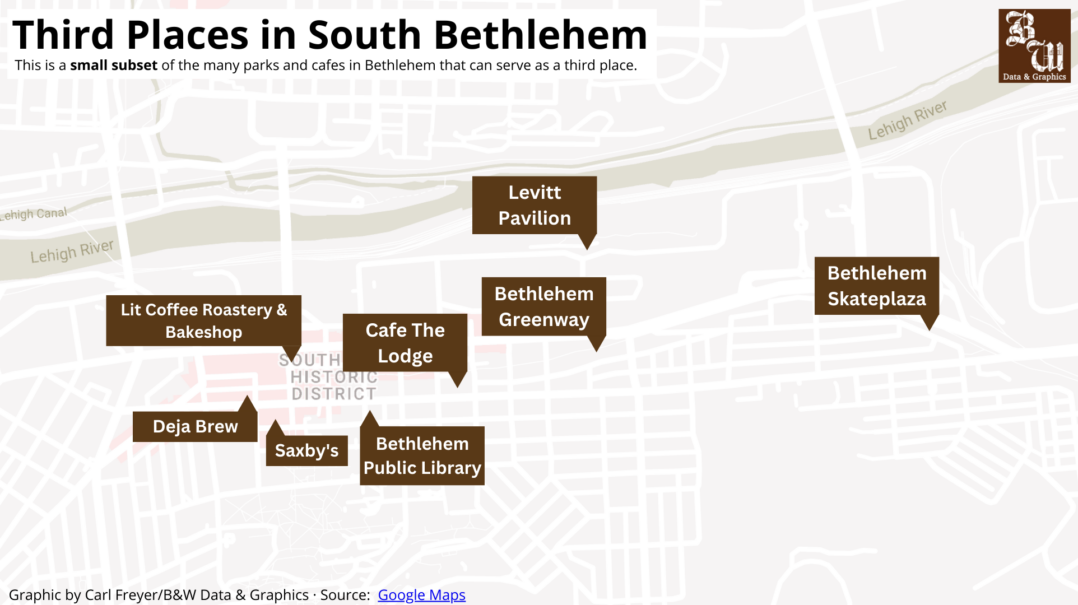
There are a wide range of third spaces in South Bethlehem. Third spaces can be green spaces like the Bethlehem Greenway to cafes like Cafe the Lodge.
Accessibility to third places
Zebertavage said while there are third places available, accessibility must be considered.
Janine Santoro, Bethlehem’s first director of equity and inclusion, said she helps to bridge the gap between Bethlehem residents and the government in striving to make processes and opportunities more accessible.
Santoro previously worked in the South Side branch of Bethlehem Area Public Library for over six years, where she learned about residents and their needs.
She serves as a liaison in the mayor’s office for different councils, including the NAACP Advisory Board, the Bethlehem Human Relations Commission, the Environmental Justice Steering Committee for implementing Bethlehem’s Climate Action Plan, the South Side Task Force and the Latino Advisory Committee.
She said she learned about the cultural differences between North and South Bethlehem and how the library served as a third place for residents, especially Spanish-speaking residents, to acquire information and resources.
“(I take) that experience and then actually apply it by asking ‘What are the governmental resources? What are the historical barriers to those resources? And how do we really say that our services and resources are accessible and not just available?’” Santoro said.
Similar to Zebertavage, Santoro said she and other library staff members were tasked with figuring out ways to increase foot traffic to third spaces, as people were quarantined and life became more digitized.
One of these ways is mapping out green spaces across South Bethlehem.
Jodi Evans, the city’s director of recreation, manages Bethlehem’s recreational programming, including the pools, parks, tennis courts and events that require the use of these spaces. She said she is constantly looking for feedback concerning what Bethlehem residents want to see in the green spaces around the city.
“Bethlehem is a large city with a diverse demographic and vast geographic areas so we try to cover our programming so that it hits all areas of the city,” Evans said.
Coming out of the pandemic, Evans said she did an overhaul of the park program to ensure each region of Bethlehem had parks that could safely support and accommodate residents.
Evans said accessibility for all is something the recreation bureau has prioritized.
For a disabled veteran who wanted to use his sledge and feel safe at the Bethlehem Municipal Ice Rink, Evans said the recreation bureau created an adaptive skate program to allow those with disabilities the opportunity to skate in a low-sensory, non-crowded environment.
“We have a conscious effort here that we make to really serve all of the citizens of Bethlehem equally the best that we can,” Evans said.
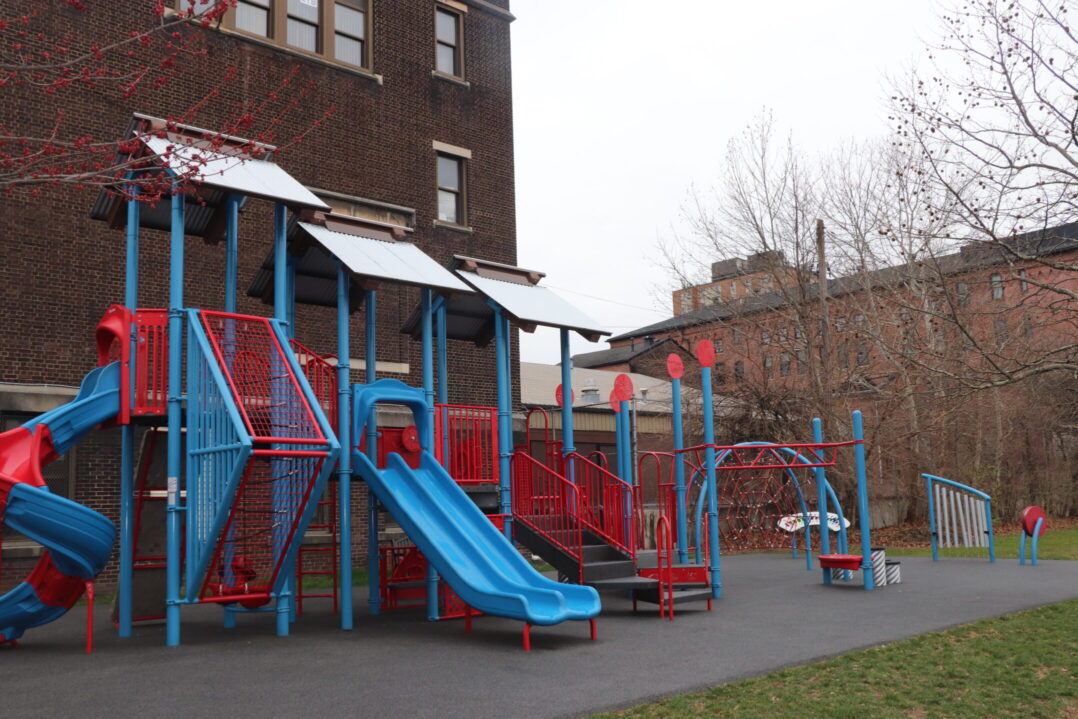
A playground on the Greenway. The Bethlehem recreation bureau works to ensure each region of Bethlehem has parks that can safely support and accommodate residents. (Courtesy of Ella Morrissey)
Investing in more third places
Various departments within the city are looking to create more spaces where residents can gather, especially ones that all residents can use regardless of socioeconomic status.
One of these places is a South Side Community Center, which is in its early stages of a feasibility study. The study will include community engagement with input on location and resources the center will provide.
Sara Satullo, a former journalist for Lehigh Valley Live and The Express-Times and current deputy director of community development, said she has built trust among Bethlehem residents through her roles and has identified community needs through her reporting. She thinks there aren’t enough third spaces for children in the area and a community center would help to fill that gap.
Satullo said a request for proposal was sent out with an overwhelmingly positive response and a review community for the proposals including city staff and external stakeholders is currently being finalized. The feasibility study will last six to nine months, and construction and opening the center will be a multi-year process.
“We have a very passionate group of residents who are so tied into their local identity and their neighborhood and their schools,” Satullo said. “And I just think we’re really blessed because a lot of communities don’t have that.”
Santoro said the Community Recovery Fund, which supports organizations and nonprofits through American Rescue Plan money, will help to create and empower more third spaces.
Santoro said the city is developing an equity plan that will look to identify barriers to access for Bethlehem residents and will take two years to complete.
“We are in the process of creating what will be a very transparent communication to the community on each department and how they approach the work they do,” Santoro said.
There are other examples of places that utilize third spaces well, which Bethlehem can look to emulate.
Panyko said while taking an environmental psychology class in Europe during college, he learned about European third places including plazas and beer gardens and thinks the United States should implement more of these places that are inviting for people of all ages.
“I would say that the city could develop more in community areas that are going to reach all different ages, races (and) genders,” Panyko said.
Fostering and continuing to develop these third places will be one of the focuses in the city for years to come.
“We really want third places to be reflective of what residents in the community want and that it’s where they can come and create that sense of place,” Satullo said.

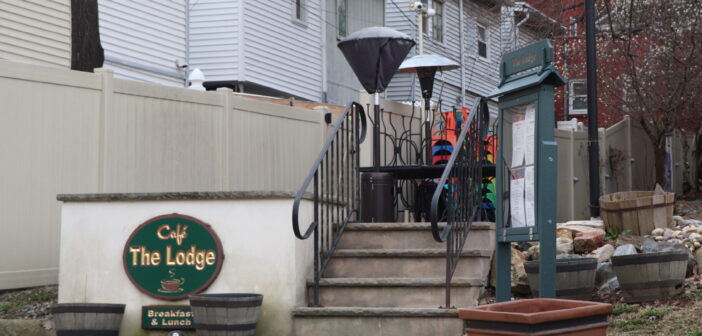



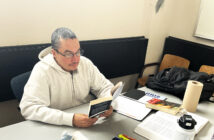
Comment policy
Comments posted to The Brown and White website are reviewed by a moderator before being approved. Incendiary speech or harassing language, including comments targeted at individuals, may be deemed unacceptable and not published. Spam and other soliciting will also be declined.
The Brown and White also reserves the right to not publish entirely anonymous comments.